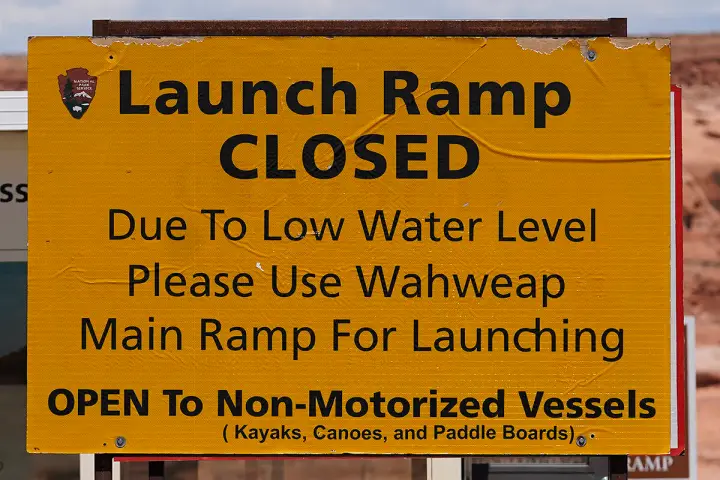The recent water supply forecast for the Colorado River Basin is raising concerns for both water management and the recreation industry. The National Park Service has issued warnings about the impact of low water levels at Lake Powell on boating activities. Specifically, the Halls Crossing Launch Ramp may become unusable by August due to declining water levels.
The Bureau of Reclamation’s projections indicate that Lake Powell, a key reservoir shared by Utah and Arizona, is currently only 32 percent full and could see a further drop of about 33 feet by March. This reduction influences the water levels at Lake Mead, which is crucial for Southern Nevada’s water supply.
These forecasts are alarming not only for water resource management but also for the economic impact on the region’s recreation industry. The Colorado River, stretching across seven states, significantly contributes to local economies through tourism. In 2024, a park service report highlighted that visitors to the Glen Canyon Recreation Area generated $540 million for the economies of northern Arizona and southern Utah in the previous year.
To address these challenges, the park service is working on infrastructure projects, such as extending a boat ramp at Lake Mead, to maintain accessibility despite lowering water levels. They are also committed to providing ongoing updates about lake conditions and ensuring that visitors have the necessary information to safely use the facilities.
The National Park Service is adapting infrastructure like floating docks and walkways to support continued recreational use. For the most current information regarding boat launch availability, visitors are encouraged to check the park service’s website.


























